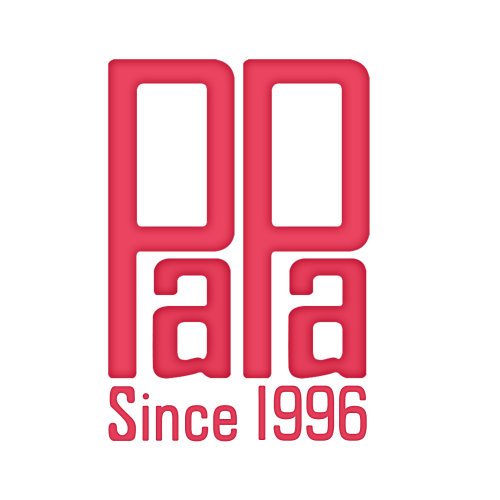
Why the Price Difference Between Ordering 100 and 1,000 Sweaters is So Significant
Many fashion brands understand that the cost difference between ordering varying quantities of knit sweaters can be quite significant. This article is designed to shed light on how order size influences the pricing strategies of suppliers, which is an important consideration for businesses seeking partnerships with manufacturers specializing in knitted garments
1. Yarn Procurement
The yarn market in China is mature and transparent, meaning factories generally lack the leverage to negotiate prices with yarn suppliers, regardless of the order size. However, larger orders allow for the maximum utilization of yarn in the knitting process, minimizing waste. Conversely, smaller orders often result in excess yarn, which becomes wasteful and subsequently increases costs.

2. Knitting Machinery
Setting up the yarn on machines for knitting is a meticulous task. Smaller orders result in a disproportionate use of labor and time, driving up the per-unit cost due to inefficiencies.

3. Labor Costs
Production managers in various departments invest the same amount of time managing orders, regardless of their size. Naturally, larger orders are more cost-effective as they enhance efficiency. In departments such as linking, ironing, and packaging, staff can complete larger orders more skillfully and efficiently, whereas smaller orders consume more time and energy.

4. Miscellaneous Factors
For knit sweater factories, immature management practices that fail to adequately schedule production can result in smaller orders preventing scale economies. This inefficiency can severely impact the factory's overall interests. This is why many custom knit sweater manufacturers set minimum order quantities, often starting from 300 units.
